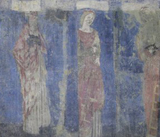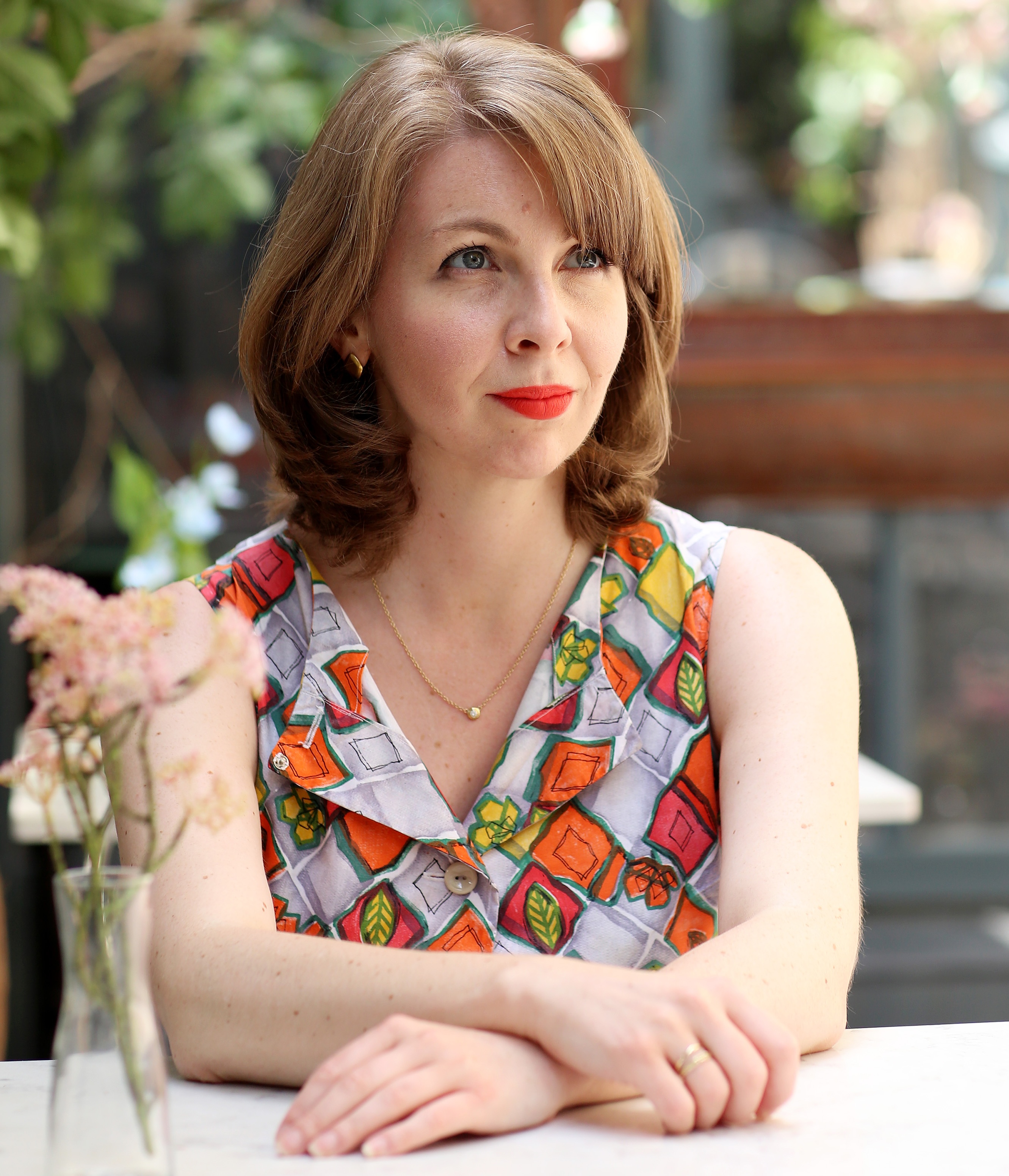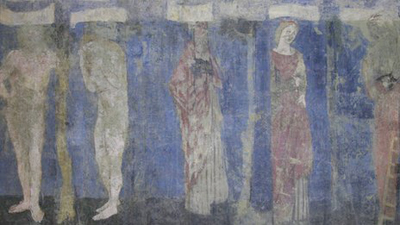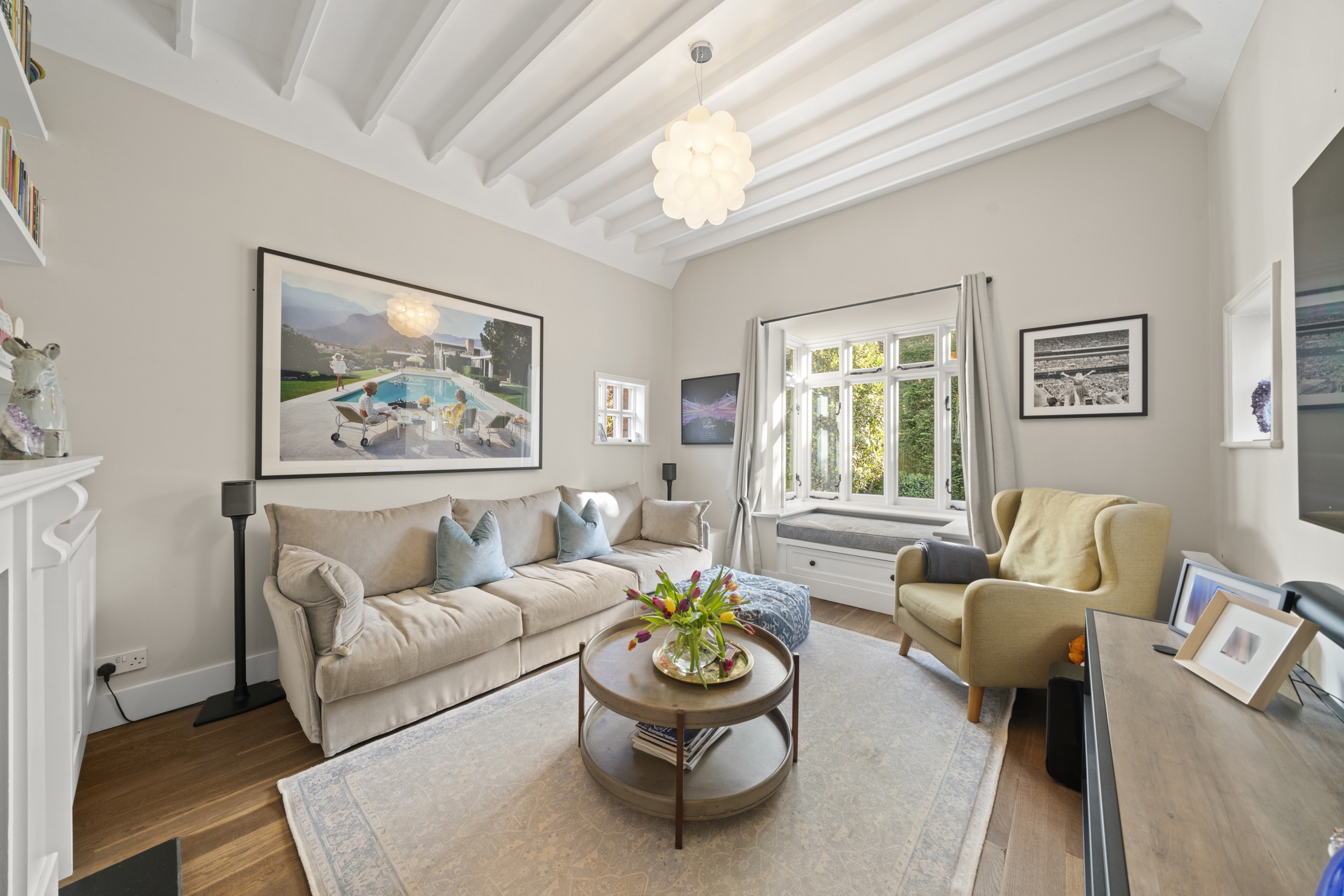New painting revealed at William Morris's house
The National Trust has uncovered a long-lost work by William Morris and his friends at The Red House


National Trust conservators are celebrating after uncovering what experts believe to be a long-lost work by William Morris and his artist friends.
Restorers working at Red House in Bexleyheath, south-east London, revealed the 6ft by 8ft wall painting, which was almost entirely hidden behind a fitted wardrobe, after weeks of painstaking work. It depicts Adam, Eve, Noah, Rachel and Jacob, and was designed to look like a tapestry.
Morris lived at Red House between 1860 and 1865, and regularly entertained Pre-Raphaelite luminaries such as Dante Gabriel Rossetti and Edward Burne-Jones. These artistic friends helped Morris decorate his home, turning their attentions to the walls, items of furniture and even the ceilings. However, successive owners overlaid their work with panelling, paint and wallpaper.

‘The early years at Red House were a flowering of ideas and creativity for Morris, who encouraged his friends to help him design a home uniquely medieval in feel,' explains house manager James Breslin. ‘To uncover such a remarkable example of this early decoration has been so exciting.'
Specialists are now analysing the wall painting in a bid to determine which artist was responsible for each figure. The mystery of the faded text running along its base has already been solved, thanks to Twitter and FacebookRed House staff posted an image of it online, and within 24 hours it had been identified as a quotation from Genesis.
For more information on Red House, visit www.nationaltrust.org.uk/red-house
** Subscribe to Country Life; Country Life on Ipad
Sign up for the Country Life Newsletter
Exquisite houses, the beauty of Nature, and how to get the most from your life, straight to your inbox.
* Follow Country Life magazine on Twitter
Emma Hughes lives in London and has spent the past 15 years writing for publications including the Guardian, the Telegraph, the Evening Standard, Waitrose Food, British Vogue and Condé Nast Traveller. Currently Country Life's Acting Assistant Features Editor and its London Life restaurant columnist, if she isn't tapping away at a keyboard she's probably taking something out of the oven (or eating it).
-
 ‘It had the air of an ex-rental, and that’s putting it politely’: How an antique dealer transformed a run-down Georgian house in Chatham Dockyards
‘It had the air of an ex-rental, and that’s putting it politely’: How an antique dealer transformed a run-down Georgian house in Chatham DockyardsAn antique dealer with an eye for colour has rescued an 18th-century house from years of neglect with the help of the team at Mylands.
By Arabella Youens
-
 A home cinema, tasteful interiors and 65 acres of private parkland hidden in an unassuming lodge in Kent
A home cinema, tasteful interiors and 65 acres of private parkland hidden in an unassuming lodge in KentNorth Lodge near Tonbridge may seem relatively simple, but there is a lot more than what meets the eye.
By James Fisher